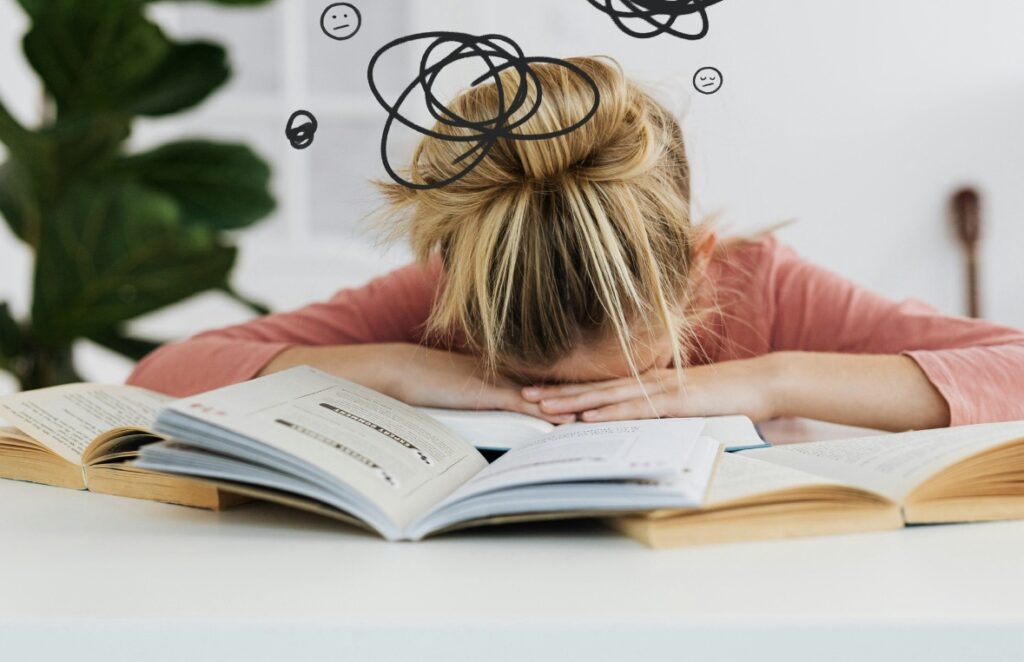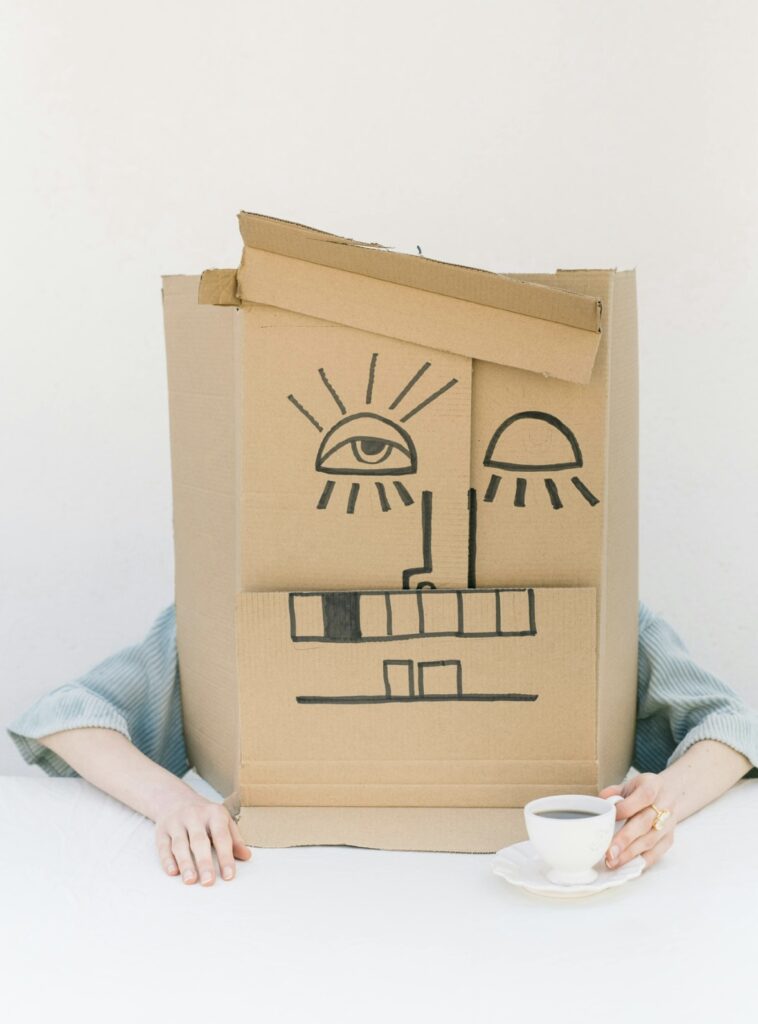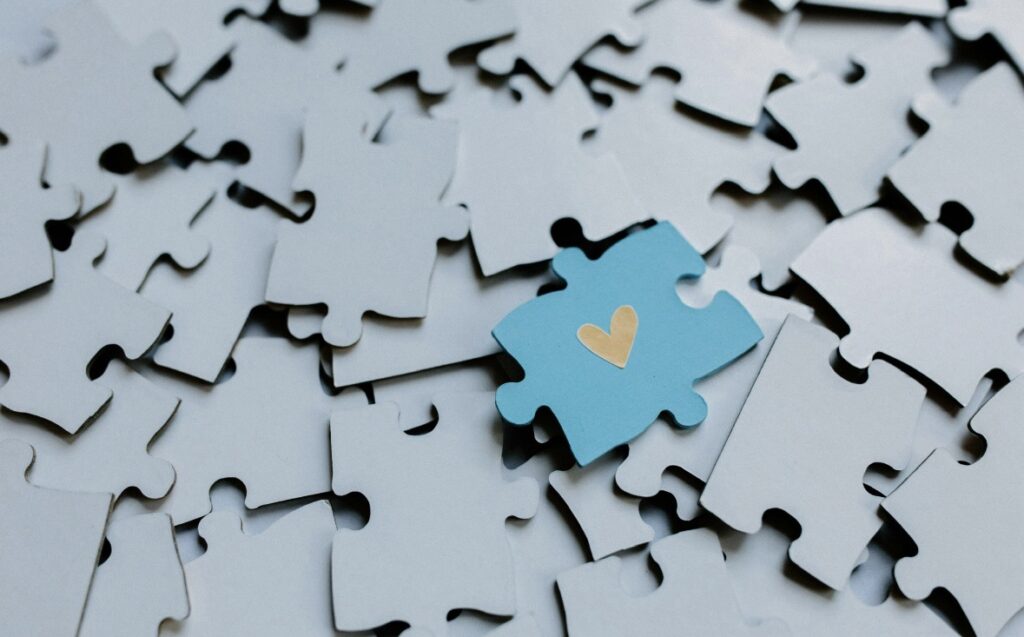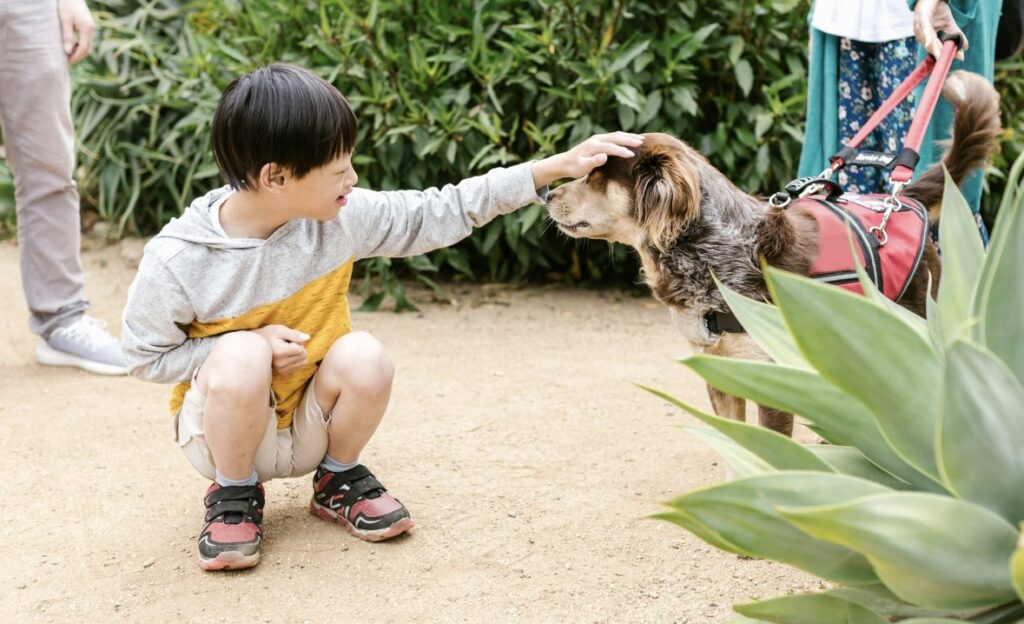
Has your autistic child suddenly seemed exhausted, withdrawn, or overwhelmed—more than usual? Maybe they’re struggling with basic routines, avoiding people, or reacting strongly to sounds or touch. This may not be a “bad phase” — it could be autistic burnout.
Autistic burnout happens when the demands on an autistic person outweigh their ability to cope. It’s real, it’s distressing, and it often goes unnoticed by those around them. In this post, we’ll explore what causes it, how to recognize the signs early, and most importantly — what you, as a parent, can do to help.

🤯 Why Autistic Burnout Happens
According to a 2025 review by Dr. Víctor Ruggieri at Hospital de Pediatría, Dr. Juan P. Garrahan, Buenos Aires, autistic burnout often results from:
- Chronic masking, where autistic children suppress their natural behaviors to fit in
- Environmental expectations that clash with their neurological needs
- Cumulative stress from sensory overload, daily demands, and unmet support needs.
This continual effort takes an emotional, physical, and social toll—leading to burnout episodes.
2. ⚠️ Key Symptoms to Spot Early
Look for signs such as:SymptomWhat Parents May ObserveExtreme fatigueChild seems exhausted even after restReduced skillsDifficulty with self-care, memory lapsesSensory overloadShe shouts at normal noise or can’t tolerate clothesSocial withdrawalAvoiding friends or family, becoming isolated
These symptoms often come together, signaling that your child’s coping resources are critically low.

3. 💡 What Helps: Recovery & Prevention
Research by Raymaker and Botha highlights essential strategies:
- Reduce masking: Give spaces where they can be fully themselves
- Build acceptance: Connect with autistic-affirming communities and clinicians
- Recognize signs early: Allow cancellations and rest before burnout deepens
- Support sensory needs: Use noise-cancelling headphones, dim lights, soft clothing
- Encourage professional help: Therapy and psychiatrists can guide coping strategiespubmed.ncbi.nlm.nih.goven.wikipedia.org+1pubmed.ncbi.nlm.nih.gov+1
Supporting not just the child, but also siblings, teachers, and caregivers, is vital to prevent secondary burnout.

✅ Final Thoughts: You’re Not Alone—and There Is Hope
Autistic burnout is real—and too often overlooked. But with early recognition, accepting environments, and actively reducing pressure, your child can recover and thrive. It’s okay to say, “I don’t have the energy today,” and rest—as a family, your strength is in listening, adjusting, and supporting each other.
If you found this helpful:
- 📩 Share your personal experiences or questions below—you’re part of a caring community here.
Your child’s brain works differently—and that difference should be honored, protected, and celebrated, not exhausted.
Written by Dr. Bhumika Malik, Psychiatrist and founder of MyMindDiaries — where mental health meets real life, one honest post at a time.